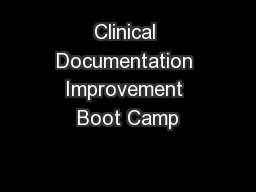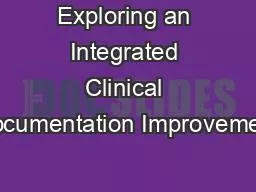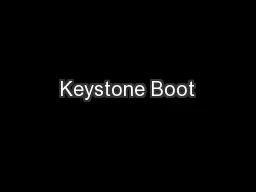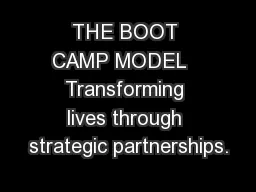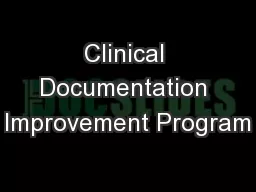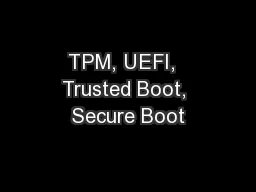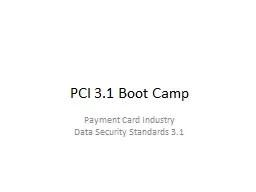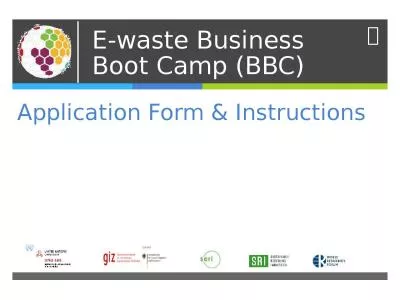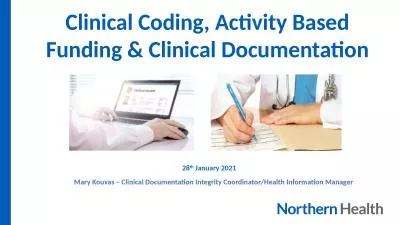PPT-Clinical Documentation Improvement Boot Camp
Author : min-jolicoeur | Published Date : 2018-10-22
RCPA Conference October 8 2014 Agenda Behavioral Health Services Cultural Overview Current Regulatory Environment New Compliance Challenges Function of the Progress
Presentation Embed Code
Download Presentation
Download Presentation The PPT/PDF document "Clinical Documentation Improvement Boot ..." is the property of its rightful owner. Permission is granted to download and print the materials on this website for personal, non-commercial use only, and to display it on your personal computer provided you do not modify the materials and that you retain all copyright notices contained in the materials. By downloading content from our website, you accept the terms of this agreement.
Clinical Documentation Improvement Boot Camp: Transcript
Download Rules Of Document
"Clinical Documentation Improvement Boot Camp"The content belongs to its owner. You may download and print it for personal use, without modification, and keep all copyright notices. By downloading, you agree to these terms.
Related Documents

